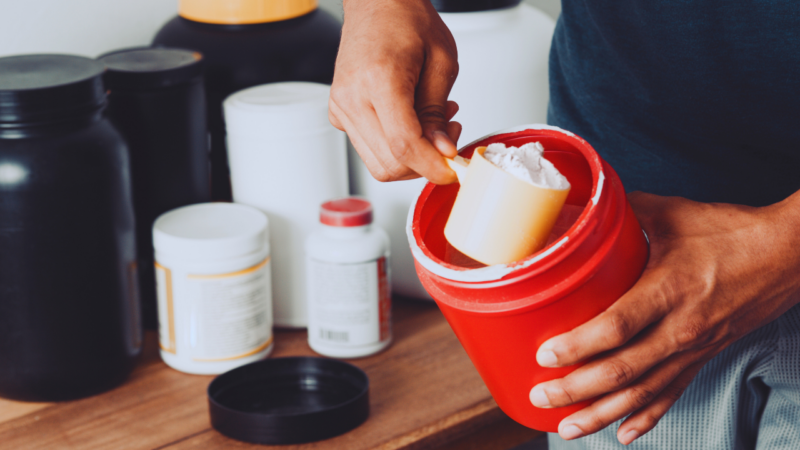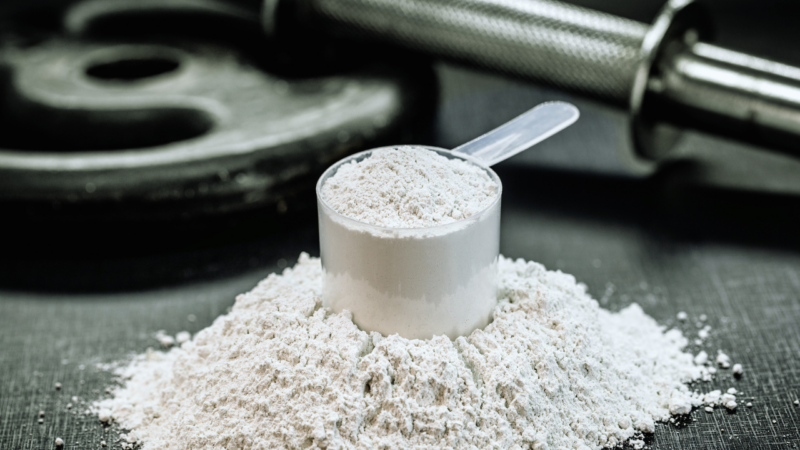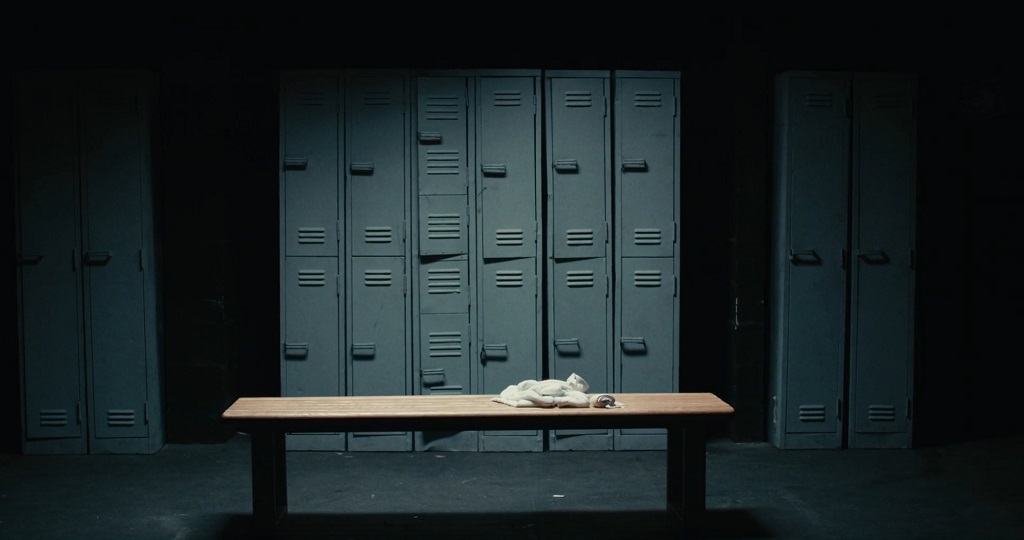
Share Post:
A common question for those using or discontinuing creatine is: how long does it take to leave your body?
Based on extensive research, creatine clears from the bloodstream rapidly, with a plasma half-life of approximately 2-3 hours, meaning it’s largely gone from your blood within 24 hours after your last dose.
However, its effects linger longer in the muscles, where about 95% of it is stored as phosphocreatine.
Studies consistently show that muscle creatine stores take around 28–30 days to return to baseline levels after supplementation stops, though this can extend to 60 days depending on factors like dosage, muscle mass, and exercise habits.
Metabolism and Elimination Processes

When creatine is consumed as a supplement, it is absorbed in the gastrointestinal tract and transported via the bloodstream to various tissues, with skeletal muscles being the primary storage site. The body eliminates creatine through two main pathways:
- Conversion to Creatinine: Creatine is non-enzymatically converted to creatinine, a waste product, which is then excreted in urine. This process occurs continuously and is the primary route for creatine elimination.
- Direct Excretion: A small amount of creatine is excreted directly in urine, particularly when blood levels are elevated due to supplementation.
Plasma Half-Life of Creatine
The plasma half-life of creatine refers to the time it takes for the concentration of creatine in the blood to decrease by half after supplementation. Research, such as the study by Persky et al. (2003), suggests that the plasma half-life is approximately 2 to 3 hours.
This indicates that after ingestion, creatine levels in the bloodstream peak within 1-2 hours and then decline rapidly, with most of it being cleared within 24 hours. This short half-life is due to the efficient uptake by muscles and conversion to creatinine for excretion.
For example, a study by Harris et al. (1992) found that after a single 5 g dose, plasma creatine levels peaked at around 795 μmol/L after 1 hour, and subsequent measurements showed a rapid decline, consistent with a half-life of 2–3 hours.
| Study | Plasma Half-Life | Muscle Depletion Time | Notes |
| Persky et al. (2003) | 2-3 hours | Not measured | Measured pharmacokinetics after single and multiple doses. |
| Hultman et al. (1996) | Not measured | ~30 days | Found muscle creatine returned to baseline after 30 days post-cessation. |
| Greenwood et al. (2004) | Not measured | >30 days | Muscle phosphocreatine still above baseline after 30-day washout. |
| Harris et al. (1992) | ~2-3 hours (inferred) | Not measured | Measured plasma peak and decline after single dose, supporting short half-life. |
Muscle Creatine Stores and Their Depletion

Muscle creatine levels are maintained through a balance between uptake from the blood, utilization during exercise, and conversion to creatinine. When supplementation stops, the body gradually uses up these stores, and new creatine is synthesized endogenously or obtained from the diet to replenish them.
Research suggests that it takes approximately 30 days for muscle creatine stores to return to baseline levels after stopping supplementation.
This timeline is supported by the study by Hultman et al. (1996), which found that after ceasing supplementation, muscle total creatine concentration gradually declined, returning to presupplementation values after 30 days.
However, there is some variability, as evidenced by Greenwood et al. (2004), where muscle phosphocreatine levels remained above baseline after 30 days of washout, suggesting that in some cases, it may take longer, potentially up to 60 days.
This means that the performance benefits, such as increased strength and power, may persist for weeks after stopping, even as plasma levels drop quickly.
Factors Influencing Creatine Clearance
Several factors can influence how long creatine stays in your system, affecting both plasma clearance and muscle store depletion:
- Dosage and Duration of Supplementation: Higher doses and longer periods of supplementation can lead to greater accumulation in muscles, potentially extending the time needed for levels to return to baseline. For instance, a loading phase of 20 g/day for 5–7 days, followed by a maintenance dose of 3-5 g/day, can saturate muscle stores, which may take longer to deplete.
- Individual Variability: Differences in metabolism, muscle mass, and kidney function can affect clearance rates. Individuals with higher muscle mass may store more creatine, slowing depletion, while those with efficient renal function may clear plasma levels faster.
- Physical Activity: Regular high-intensity exercise can influence the rate at which creatine is used and replenished in muscles. Exercise increases demand for ATP, potentially accelerating the utilization of stored creatine, but also enhancing uptake during supplementation, which may impact post-cessation levels.
- Dietary Intake: Since creatine is found in foods like red meat and fish, dietary intake can influence baseline levels and the rate of return to normal after stopping supplements. Vegetarians, with lower baseline levels, may see faster depletion compared to omnivores.
Detailed Timeline and Implications
To summarize the timeline:
- Plasma Clearance: Within 24 hours, most creatine is cleared from the bloodstream, with a half-life of 2-3 hours. This means that after a single dose, it’s largely gone from plasma within a day, but repeated dosing can maintain elevated levels during supplementation.
- Muscle Store Depletion: It takes approximately 30 days for muscle creatine stores to return to baseline, though this can vary. During this period, you may notice a gradual decrease in performance benefits, such as reduced strength and power, especially during high-intensity activities.
- Practical Implications: If you’re cycling off creatine, expect the immediate effects to diminish within days due to plasma clearance, but muscle-related benefits may persist for up to a month. This slow depletion means you can maintain some performance gains through continued training, even without supplementation.
Also read Does Creatine Make You Hungry? Or Could It Be Something Different?
Conclusion
In conclusion, creatine leaves the bloodstream relatively quickly, with a plasma half-life of about 2-3 hours, meaning it’s largely cleared within a day.
Understanding these timelines can help optimize supplementation strategies and manage expectations when cycling off creatine.
Related Posts:
- How Long Does It Take for Muscles to Recharge During…
- How Long Does It Take to Get Certified as a Fitness Coach?
- Does Creatine Make You Hungry? Or Could It Be…
- Does Creatine Make You Poop? What You Need to Know
- What Muscles Do Planks Target? - A Complete Guide
- Complete Guide to Posture Correction Exercises for Women










